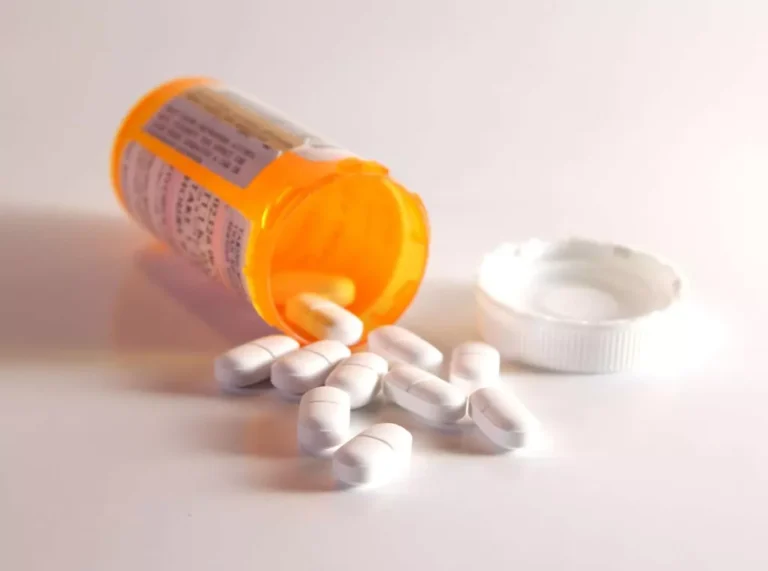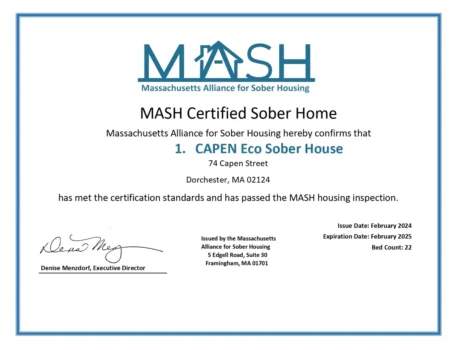
Be open with others about what you’re experiencing so they can support you as you work to become sober. If your doctor thinks you need more support to stop drinking, they’ll likely refer you to a mental health provider, such as a counselor or therapist. Here’s some information to help you get ready for your appointment, and what to expect from your health care provider or mental health provider. Residential treatment programs typically include licensed alcohol and drug counselors, social workers, nurses, doctors, and others with expertise and experience in treating alcohol use disorder. Too much alcohol affects your speech, muscle coordination and vital centers of your brain.
What Is Alcohol Use Disorder?
Heavy alcohol use is binge drinking on five or more days within the past month, or consuming more than seven drinks per week for women and more than 14 drinks per week for men. Both binge drinking and heavy use increase your risk of AUD. There are effective ways to treat this disease and steps you can take to help a loved one enter recovery.
What Are the Types of Treatment for Alcohol Use Disorder?
- These criteria, gleaned from the clinical history and collateral sources, generally assess the impact of alcohol on a patient’s relationships, health, activities (ie, employment), and the ability to moderate their drinking.
- But AUD is a treatable disease and remission is possible.
- You should also see a professional before quitting alcohol if you have other health conditions.
- You’ll get assistance staying away from alcohol and sticking with your treatment plan.
These approaches would both help address the specific needs described in this analysis and promote equitable health care access and outcomes for all people regardless of race or ethnicity. Because of the dataset used, this analysis has several limitations. First, the NSDUH data are self-reported and thus subject to recall and social desirability biases, which may vary by racial or distinguish between alcohol abuse and alcoholism ethnic group and type of substance use. Such issues may lead to under or overreporting (CBHSQ, 2015). However, NSDUH response rates are fairly high, ranging from 69.3% in 2015 to 66.6% in 2018 (CBHSQ, 2016, 2018, 2019). Second, the sample excludes active-duty military personnel, people in prisons and jails, and people who do not have homes and do not use shelters (CBHSQ, 2019).
- This article discusses alcohol use disorder symptoms and strategies for treatment and intervention.
- A 2019 study found that people with substance use disorder in their late adolescence years were four times more likely to develop alcohol use disorder in early adulthood.
- Mild symptoms usually start within 6 hours after you stop drinking as much alcohol as your body has become used to.
Early alcohol use
- Named after the famous writer Ernest Hemingway, you might not act drunk even if you’ve had a lot to drink.
- Unhealthy alcohol use includes any alcohol use that puts your health or safety at risk or causes other alcohol-related problems.
- These and other outpatient options may reduce stigma and other barriers to treatment.
- These contributors included both experts external to NIAAA as well as NIAAA staff.
- The number of the above criteria you match determines the severity of alcohol use disorder.
However, there are some factors that may make a person more likely to develop it. Alcohol use disorder, once referred to as alcoholism, is characterized by the inability to stop or control the use of alcohol despite the problems it may be causing in day-to-day life, like at work, at home, and in relationships. Binge drinking is when you drink enough alcohol to raise your blood alcohol content (BAC) to 0.08% or higher. For men, that typically is about five standard alcoholic drinks within a few hours; for women, this is four alcoholic drinks within the same period.

Care at Mayo Clinic
Two or more criteria indicate mild AUD, 4 to 5 indicate moderate AUD and 6 or more criteria are consistent with severe AUD. These criteria, gleaned from the clinical history and collateral sources, generally assess the impact of alcohol on a patient’s relationships, health, activities (ie, employment), and the ability to moderate their drinking. The 2 criteria to make the diagnosis center around the patient experiencing withdrawal symptoms when not drinking alcohol and tolerance or requiring an increasing amount of alcohol to achieve the same effect. For people who have alcohol use disorder, stopping their drinking is an important first step.
With the use of appropriate medications and behavioral therapies, people can recover from AUD. After drinking, you’ll become less responsible, less agreeable, and less able to think clearly. You’re also more likely to experience negative consequences, such as being arrested, when you drink alcohol.

Alcohol Use Disorder
At this point, AUD symptoms start to interfere with your personal and work life. For instance, you might miss important family events or meetings with co-workers because you’ve been drinking. Physical symptoms such as weight gain (or loss) usually show up in this mid-stage, too. For instance, you may start drinking so much that you black out (lose consciousness).

What are the risk factors for alcohol use disorder?
The .gov means it’s official.Federal government websites often end in .gov or .mil. Before sharing sensitive information, make sure you’re on a federal government site. Group therapy, led by a therapist, can give you the benefits of therapy along with the support of other members. Doctors and other experts can keep an eye on you and give you medicine to help with your symptoms.
What are the symptoms of AUD?
- The 2 criteria to make the diagnosis center around the patient experiencing withdrawal symptoms when not drinking alcohol and tolerance or requiring an increasing amount of alcohol to achieve the same effect.
- You’re likely to start by seeing your primary health care provider.
- Drugs used for other conditions — like smoking, pain, or epilepsy — also may help with alcohol use disorder.
